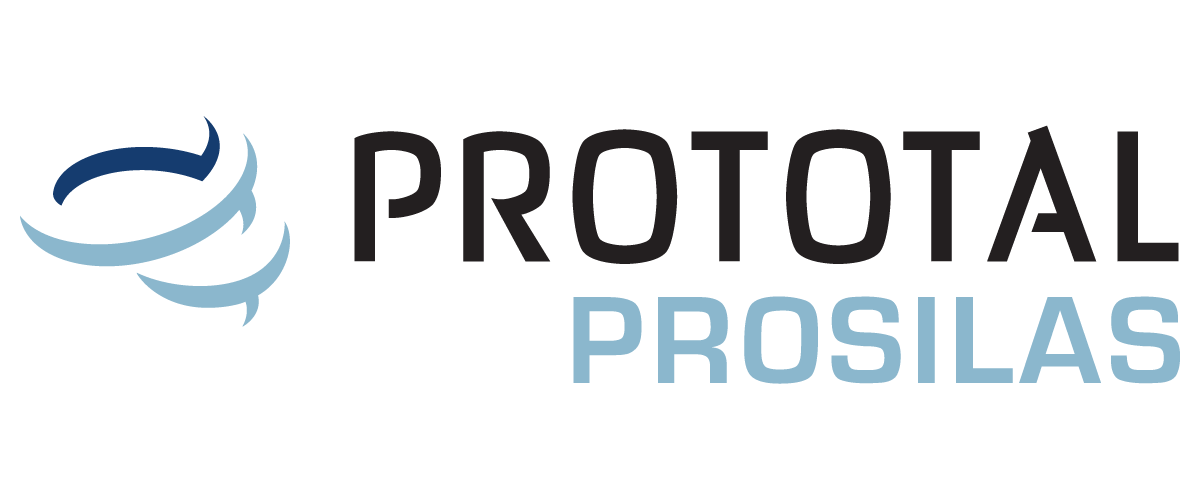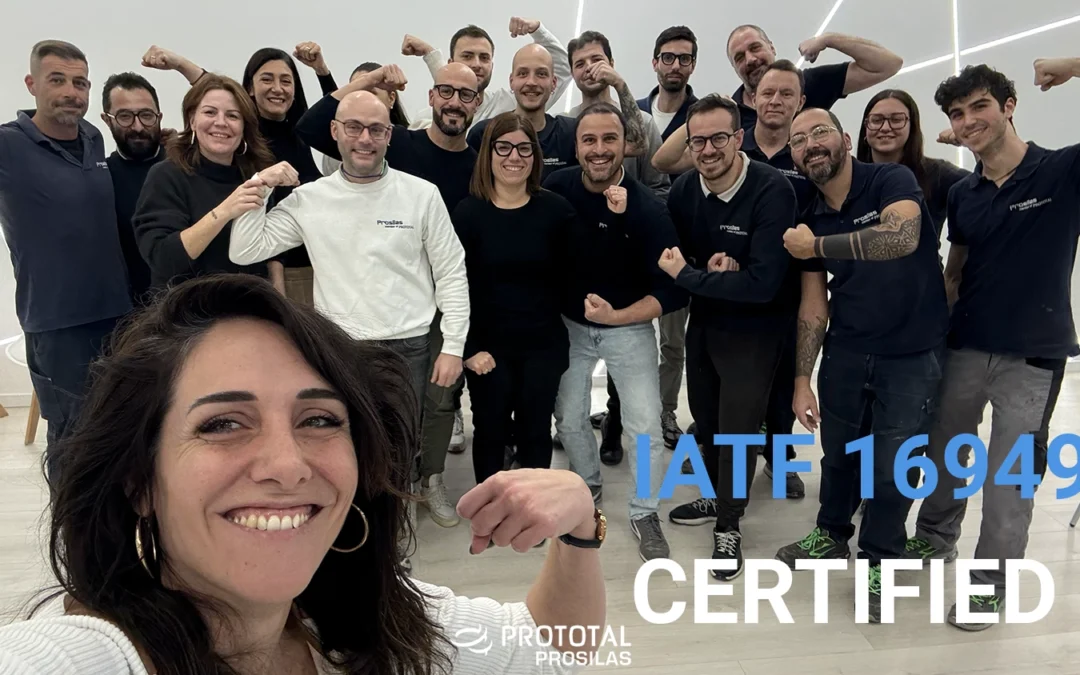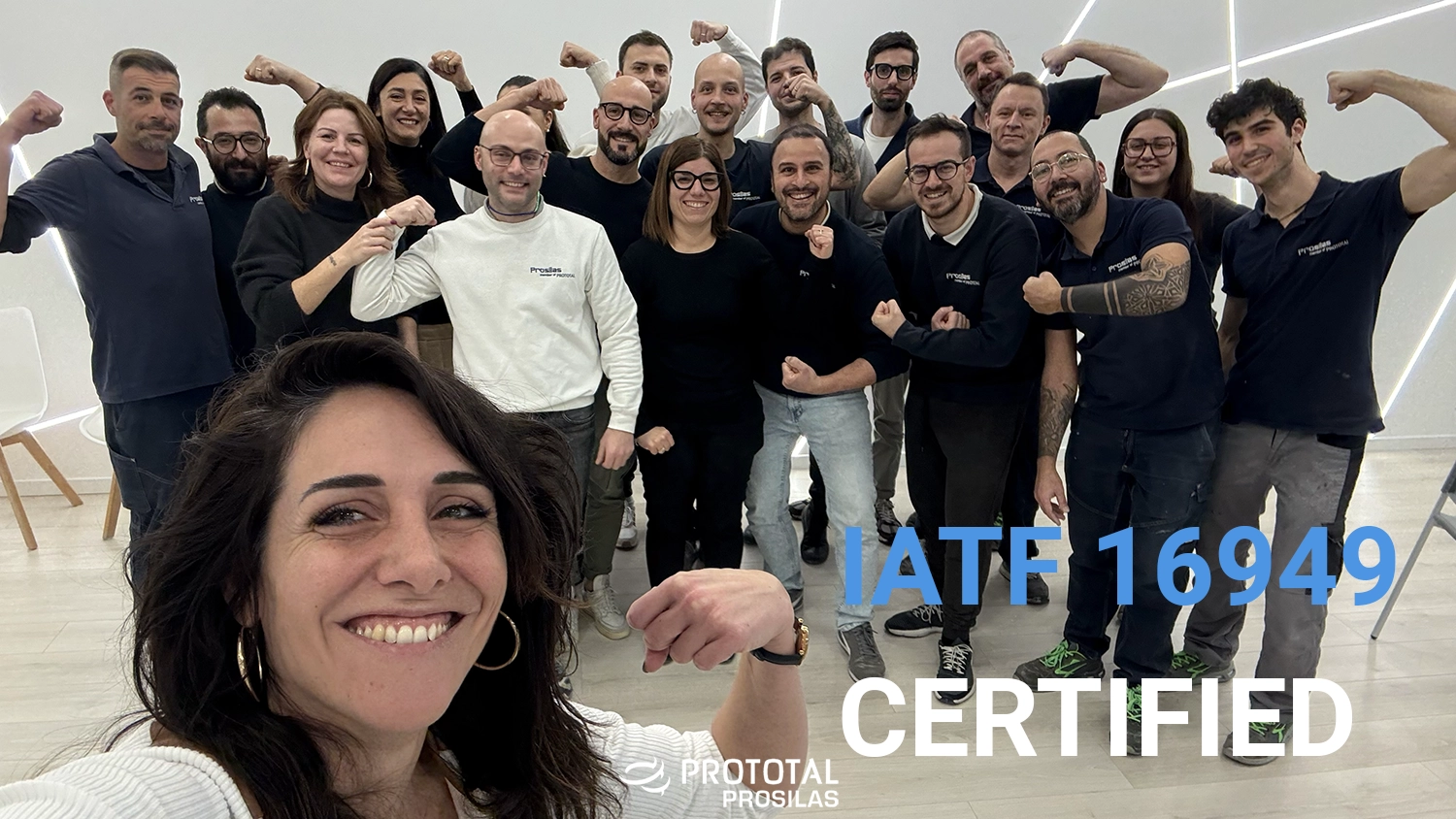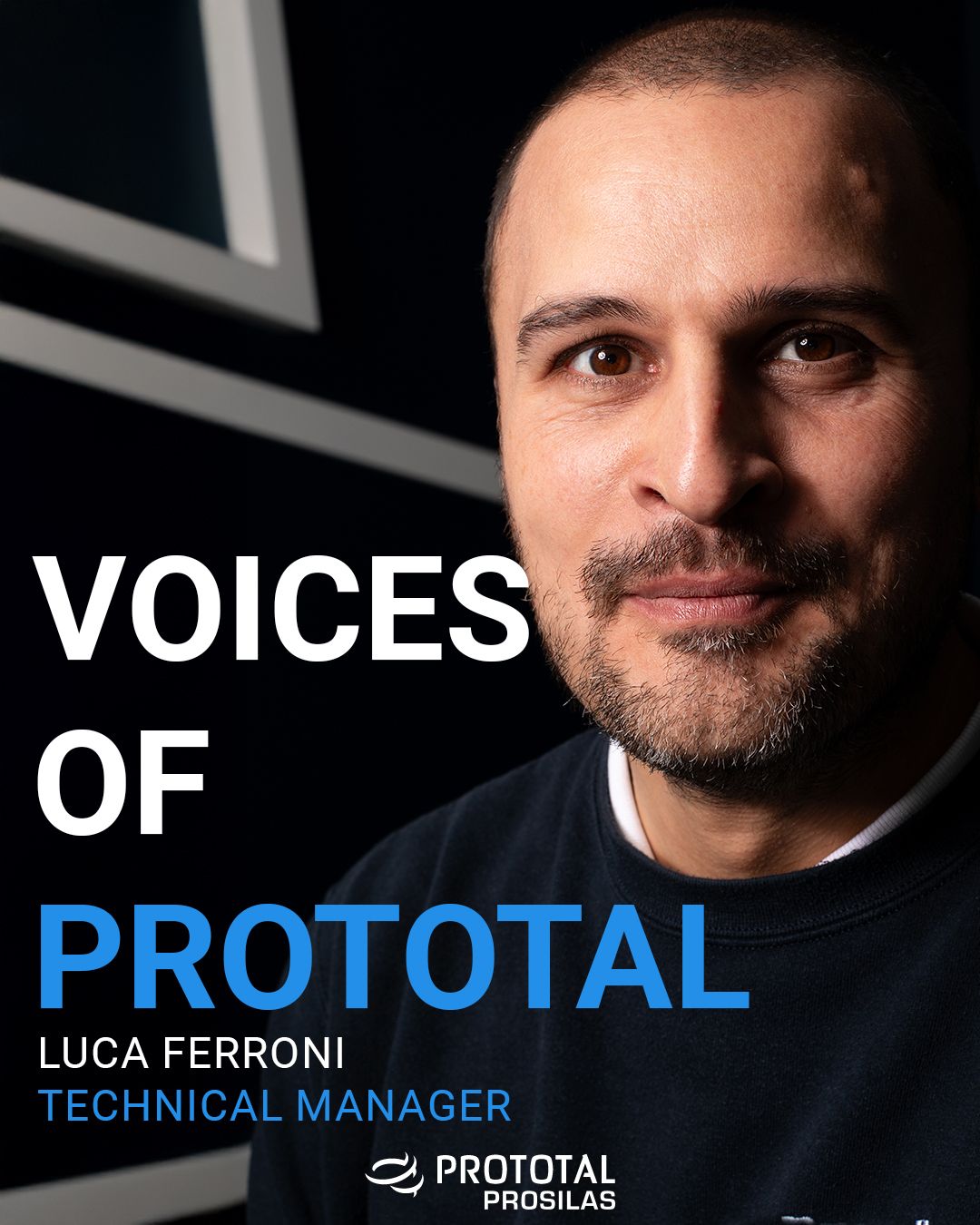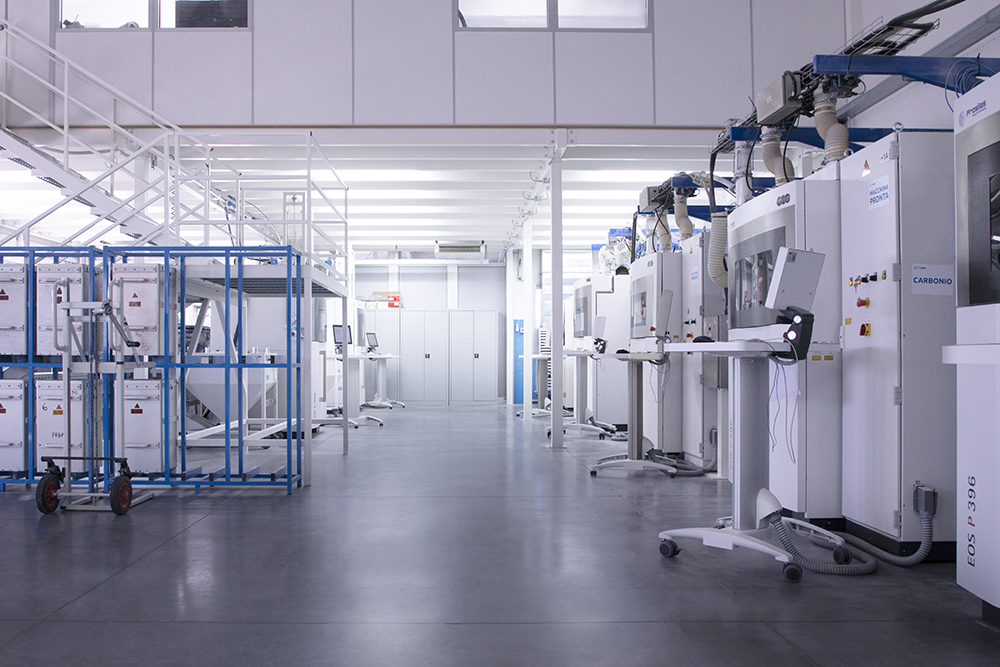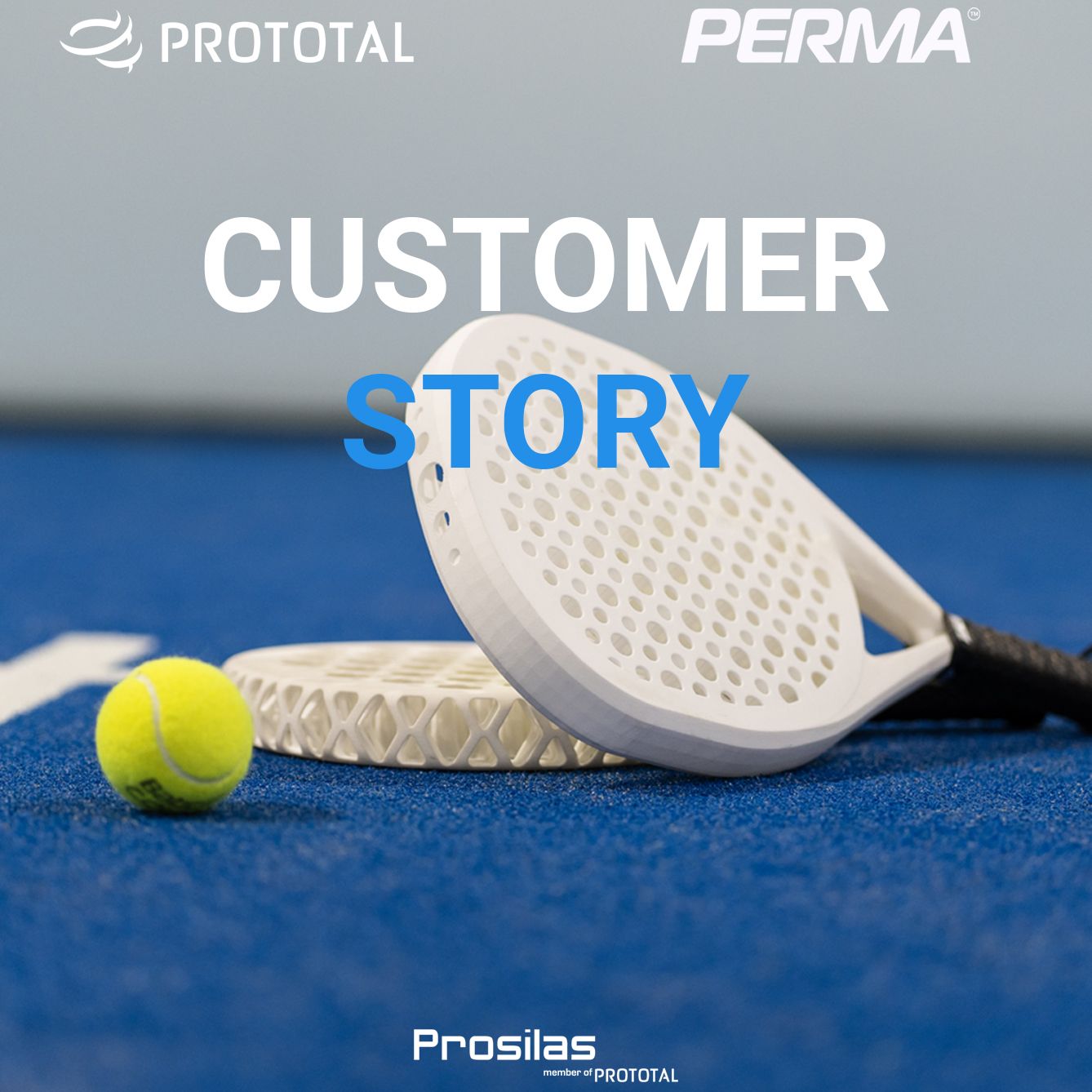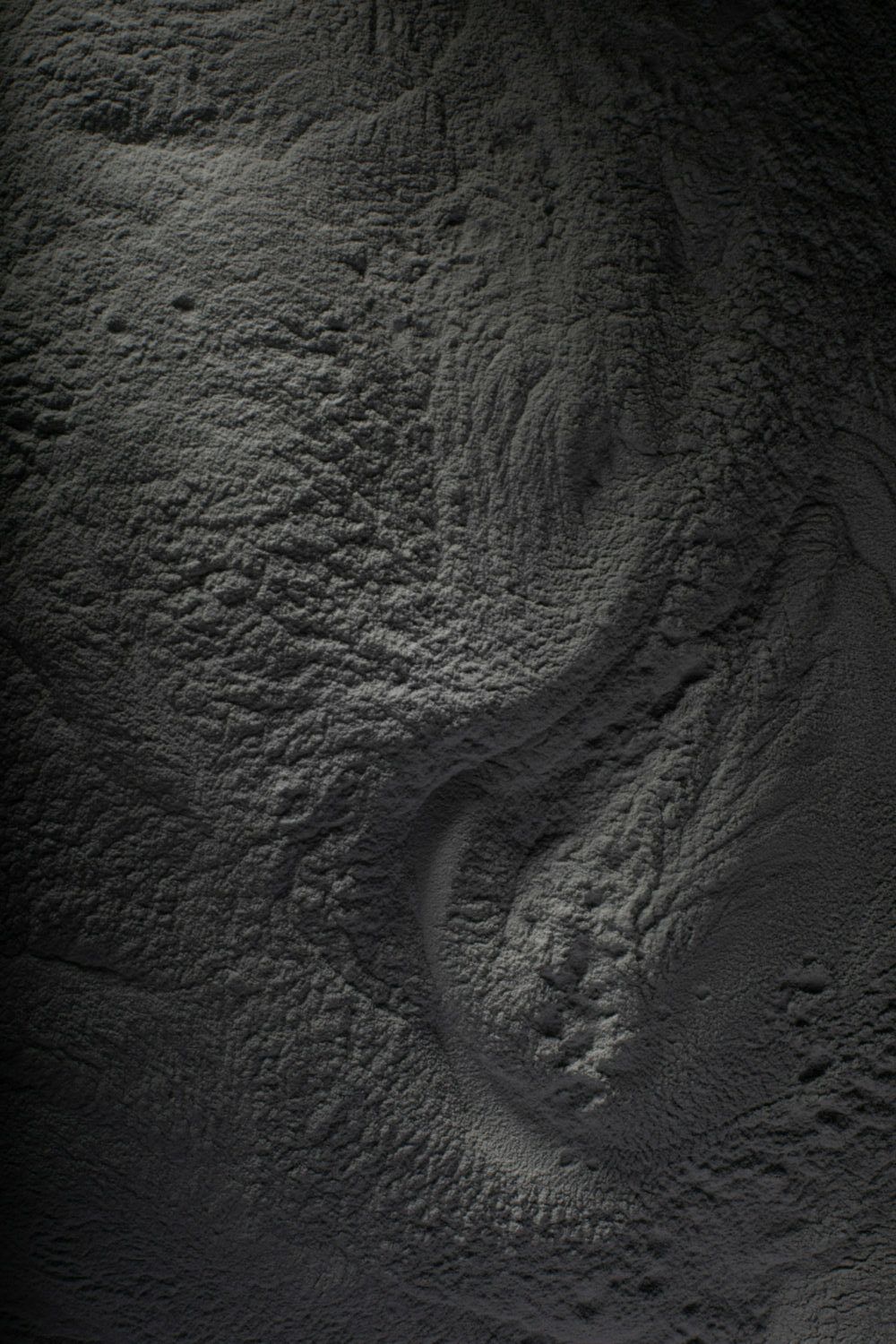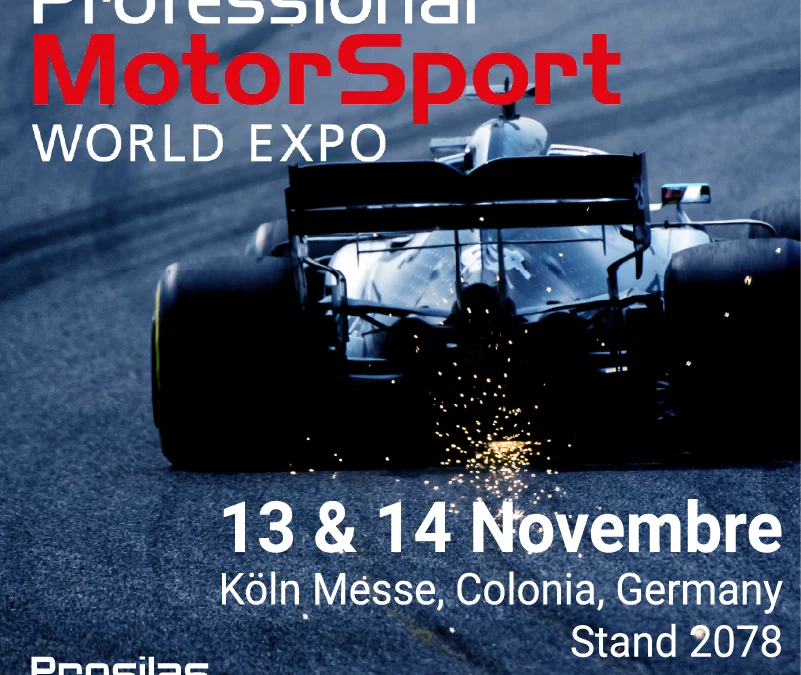
Prototal Prosilas has successfully attained its TISAX® LV.3 certification: security and reliability for the automotive sector.
Prototal Prosilas e la Certificazione TISAX® LV.3
Stampa 3D e sicurezza delle informazioni per il settore automotive
We’re excited to share that Prototal Prosilas has officially obtained the TISAX® (Trusted Information Security Assessment Exchange) LV.3 certification! This achievement underscores our dedication to keeping sensitive information secure and ensuring we meet the highest global standards in data protection—especially in the automotive sector.

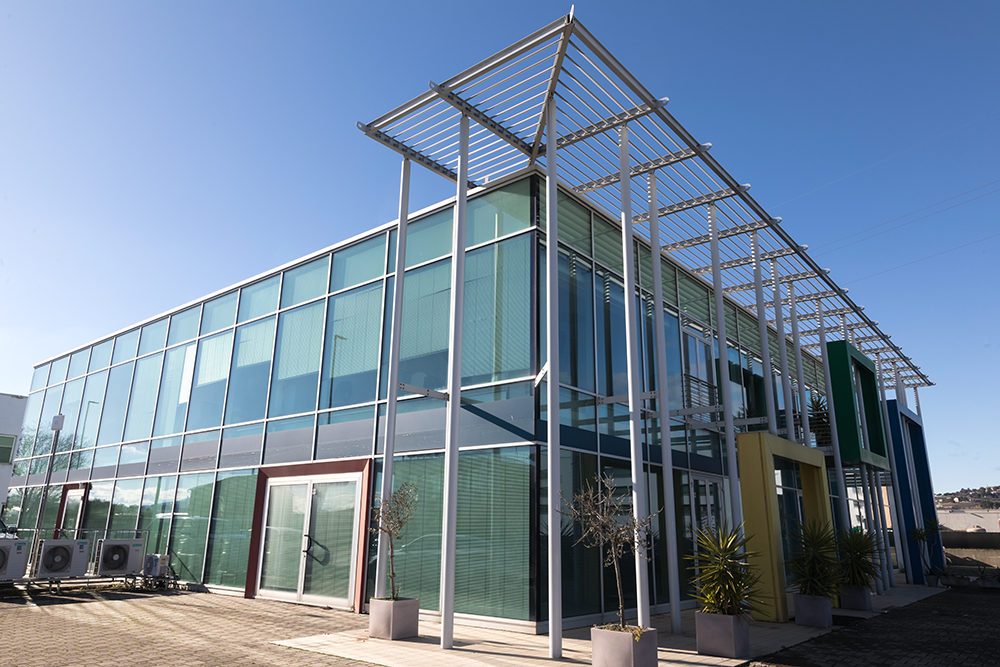
What is TISAX® and why does it matter?
TISAX® is an internationally recognized security standard developed by the VDA (Verband der Automobilindustrie) and managed by the ENX Association. It ensures that companies handling confidential projects and sensitive data comply with strict security requirements set by leading automotive manufacturers and suppliers.
A major step forward for Prototal Prosilas
Adding TISAX® to our certifications, alongside ISO 9001, ISO 14001, and IATF 16949, reinforces our position as a trusted partner in the industry. More than just a certification, it reflects our proactive approach to securing data and improving how we manage information.
Why is this important for our customers?
- Greater reliability and compliance: Automotive clients expect the highest security standards for their data, and TISAX® ensures we meet those expectations.
- Expanded business opportunities: This certification allows us to work with top-tier companies that demand strict security measures.
- Stronger data protection: We now have even more rigorous protocols in place to safeguard our clients’ sensitive information.
How TISAX® impacts our operations
Earning this certification meant enhancing security across our organization, including:
- Strengthening our protocols for data protection and confidentiality.
- Providing continuous security training for our team.
- Regularly reviewing and refining our internal processes.
- Investing in advanced IT security to counter potential threats.
Looking ahead
This milestone is a testament to the hard work of our entire team—but it’s just the beginning. Maintaining TISAX® standards means constantly evolving, improving, and staying ahead in data security.
We’ll keep investing in innovation and security to ensure our customers get the best and safest solutions possible.
Stay connected with us for more updates on how Prototal Prosilas continues to push the boundaries of security and excellence!
